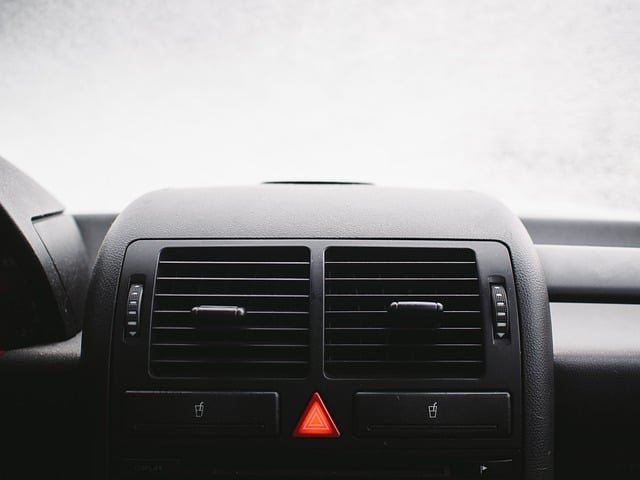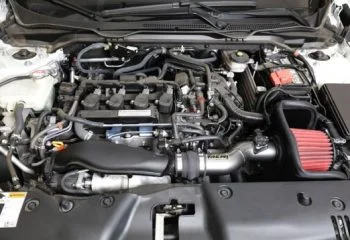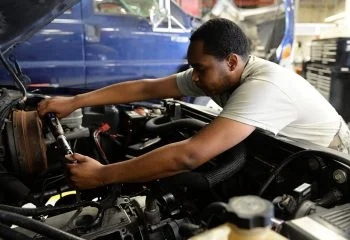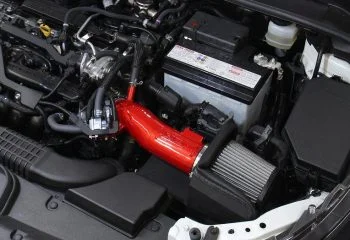When it comes to car troubles, few are as uncomfortable and annoying as discovering your heat is blowing cold air.
You think you should be feeling the warmth of a cozy cabin in the middle of winter, but instead, you feel a chill inside your car that sends chills down your spine.
While this issue can be caused by many different factors within a car’s system, finding out what went wrong and how you can go about fixing it is naturally an important part of ensuring yourself safe and comfortable while driving!
In this blog post we’ll discuss and answer the question why is my heat blowing cold air in my car?, possible indicators of malfunctioning components apart from cold air streaming out of vents, and tips on how to prevent problems like this from happening again.
What's in this post?
Top 5 Reason Why Is My Heat Blowing Cold Air In My Car
Low Coolant Level Cause My Heater to Blow Cold Air
Your car’s cooling system is made up of several components, including the radiator, thermostat, hoses and water pump. All of these components work together to keep your engine running at the right temperature and help regulate the heat coming out of your vents.
When your coolant level is too low, the heater core won’t get hot enough to produce warm air. This means that when you turn on the heater, you will get cold air instead.
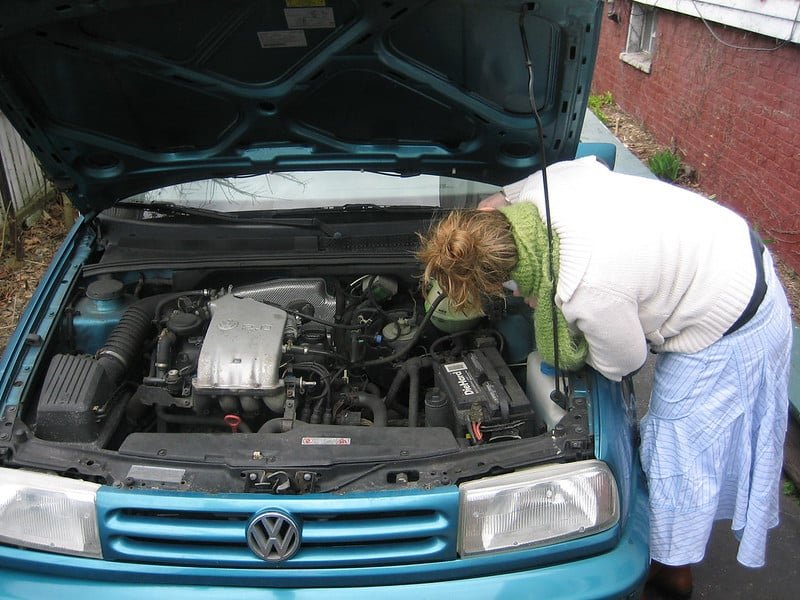
Solution
If you have a low coolant level besides noticing cold air coming out of your vents, there are several other signs to watch for. Engine overheating is one sure sign that something is wrong with your cooling system.
You may also notice white smoke coming from under the hood or steam rising from under the hood after shutting off the engine. Another indicator is if you see rusty or discolored coolant leaking from under your car.
All of these are signs that there might be an issue with how much coolant is in your car’s cooling system and should not be ignored.
The best way to address this issue is by first adding more coolant as needed—a 50/50 mix of antifreeze and water should do the trick—and then having it checked by a professional mechanic who can locate any potential underlying issues causing this problem before they become more serious down the road.
If left untreated, low coolant levels can lead to severe engine damage which will cost thousands of dollars in repairs or worse yet require an entire engine replacement!
You Have A Jammed Blend Door
A jammed blend door is a common cause for heat not working in cars. The blend door is part of the climate control system and it controls which air goes through the heater core when the fan is turned on.
It adjusts according to your desired temperature setting, so when it gets stuck, you won’t get any warm air from your vents no matter how high you set the temperature.
Most often, jammed blend doors occur due to wear and tear over time or as a result of an issue with an actuator motor that controls the position of the door.
The actuator motor can become damaged by dirt or debris and cause it to malfunction or break altogether.
Another common cause of jammed blend doors is when they become disconnected from their mounting points, causing them to move out of position and jam against other parts inside your vehicle’s interior.
This can also happen if your vehicle has been in an accident or sustained other damage that affects its components inside.
How Do I Fix It?
In order to fix a jammed blend door, you will need to take apart your dashboard and locate the actuator motor that controls the position of the door so you can inspect it for damage or debris buildup.
You may also need to check for signs of corrosion around its mounting points as well as make sure all connections are securely fastened together before reassembling everything back together again. If necessary, replacing any faulty parts with new ones should do the trick!
A Faulty Thermostat
The first step in diagnosing a faulty thermostat is checking the temperature gauge on your dashboard. If the gauge is reading abnormally low, there’s a good chance that the thermostat isn’t functioning correctly.
Now, if you can access the thermostat housing under the hood, you should check for any leaks or other signs of damage. If there doesn’t seem to be anything wrong with it, then it could simply be stuck in an open position—which means that coolant isn’t being directed through the engine block and into the heater core where it would normally heat up before being blown out through your vents as warm air.
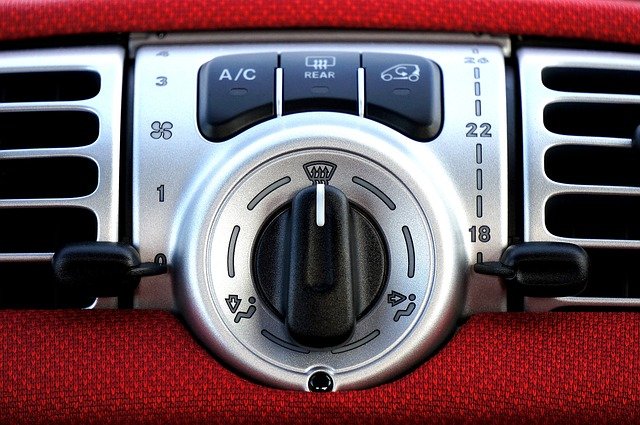
Solution
If you have determined that the issue lies with your thermostat (or any other part of your cooling system), then it may be time to replace it yourself or take it into a mechanic for repair/replacement.
Replacing a faulty thermostat involves draining out all of the old coolant from the radiator, removing any debris from inside the housing (such as leaves or dirt), replacing any damaged hoses or clamps, installing a new gasket onto the thermostat itself, then finally reinstalling everything back into place before filling the radiator with fresh coolant and turning on the ignition switch to see if everything works properly now.
Note: This job should only be attempted by experienced mechanics or individuals who have experience working on cars!
Faulty Heater Core
A heater core is responsible for regulating the temperature inside your vehicle by transferring heat from the engine to the cabin. In order to do this, hot coolant must pass through a series of tubes within the core and then back into the engine so that it can be reused.
The tubes are designed to give off sufficient heat in order to warm up the cabin, but if these tubes become clogged or blocked due to a buildup of minerals or debris, then they will not work as effectively. As a result, you will get cold air instead of warm air from your car’s heater.
If something goes wrong with your heater core, it could cause cool or lukewarm air to blow from your vents instead of warm air. There are several reasons why this might happen, including clogged hoses, coolant leaks, or a damaged radiator cap.
If any of these issues occur, they can prevent proper heat circulation throughout your car.
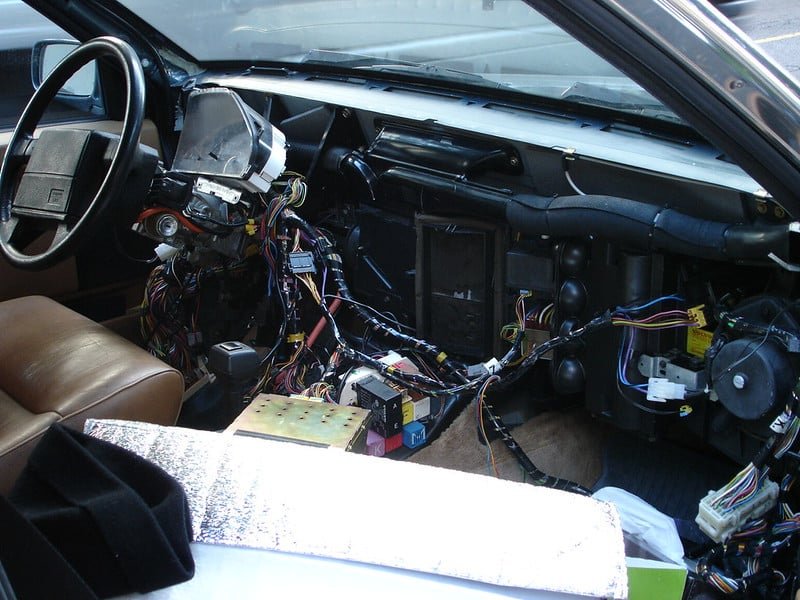
How to Fix It
In order to repair your heater core you will need to take it into a mechanic who can diagnose and fix the problem for you.
Depending on what caused the failure in the first place, they may need to replace hoses or other parts related to your climate control system before they will be able to restore full functionality to your vehicle’s heating system.
Water Leaks Affect
Water leaks can cause your vehicle’s heater or air conditioner to blow cold air instead of warm. This is because the water leaking from somewhere else in the system eventually ends up in the heater core where it cools off quickly.
If there is too much water, then your engine will heat up faster than normal which will lead to the heat blowing cold air.
The same goes for when you are trying to use the air conditioner; if there is an excessive amount of water present, then it can cause the coolant temperature to drop quickly causing the air conditioner to blow cold air instead of cool air.
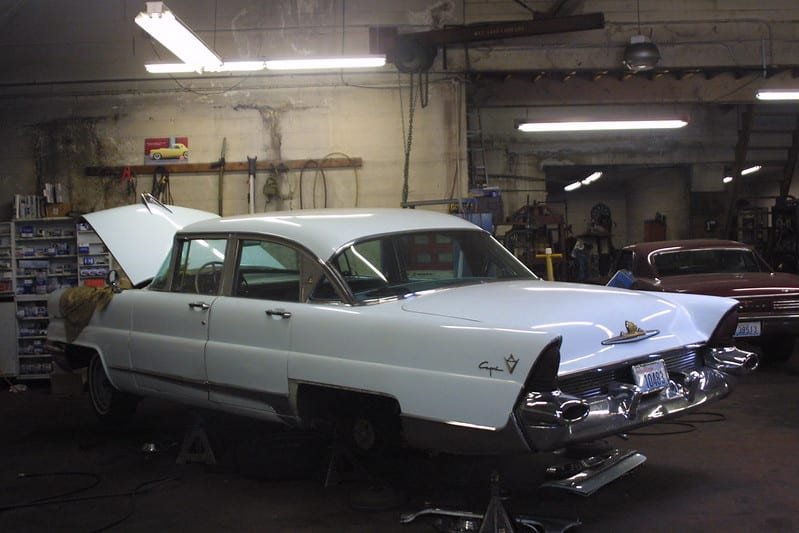
Fixing your problem
The best way to fix a problem with a car’s heating system is by having it inspected by a certified mechanic who can accurately diagnose and repair any issues that may exist within the system.
When having your car inspected for any potential issues related to its heating system, make sure that all components such as hoses, radiators caps, and gaskets are checked thoroughly so that any potential issues can be identified as soon as possible before they become larger problems down the road.

